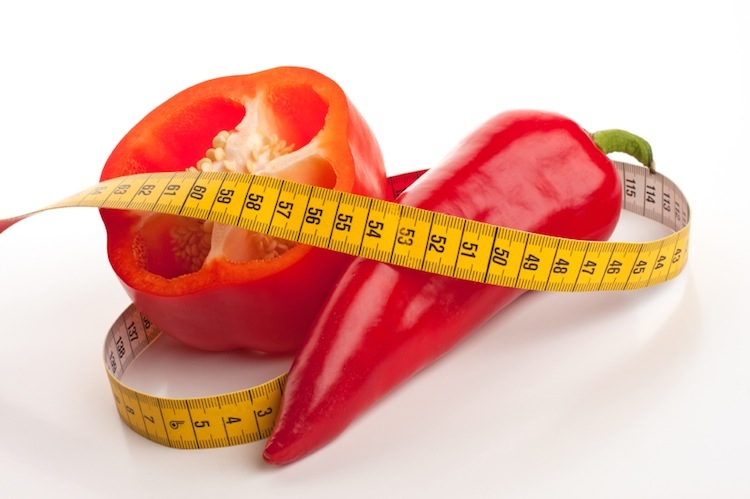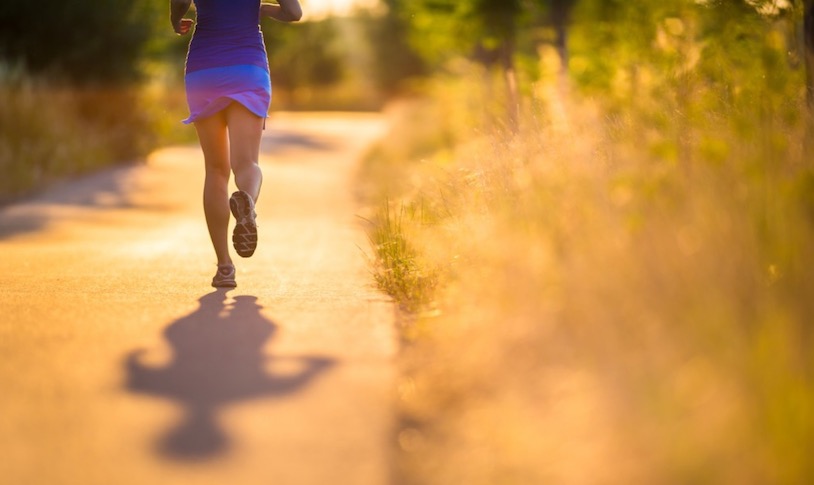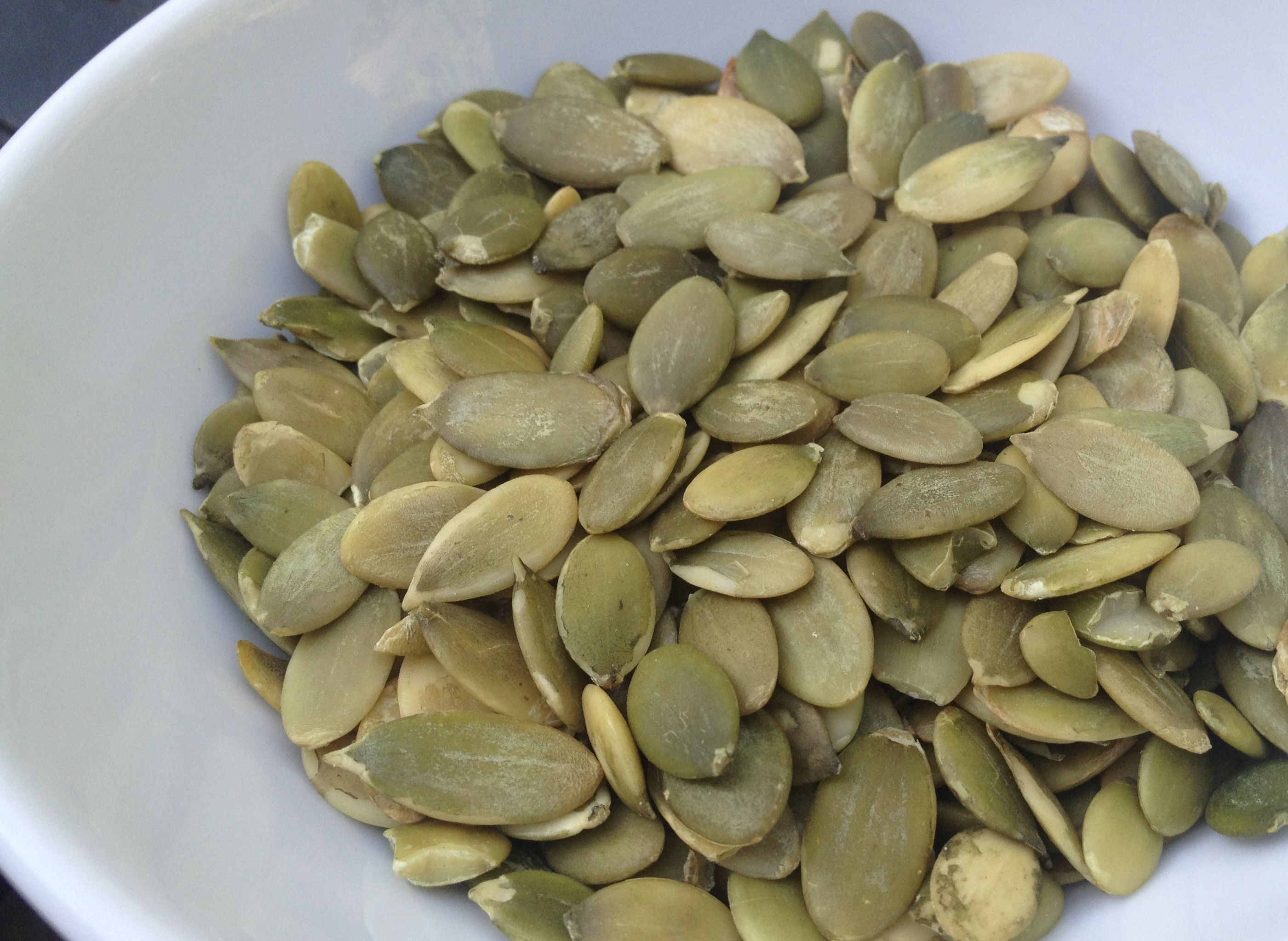I’ve been an avid runner for more than half my life but I’ll admit that it’s taken a bit of a backseat since I purchased my first hybrid bike and started an outdoor cycling regimen.
I initially set out to buy a simple road bike for family rides with my husband and son. But, after test riding numerous brands and models, I decided to commit to purchasing a long-lasting, high-quality bike that’s versatile enough for fitness cycling, charity rides, and general commuting.
I ultimately chose the Trek Verve 4, which is indeed the perfect balance of utility, comfort, and speed. Unbeknownst to me, this purchase actually signaled the beginning of a beautiful friendship between me, the bike, and, surprisingly, the environment.
Cycling Isn’t the Same as Running
While running and cycling are both excellent forms of cardiovascular exercise, mile per mile, they’re not at all created equal.
Related Article: How to Perform Cardio Exercise the Right Way
Besides the obvious fact that these exercises require different types of movement, the intensity of effort needed, the unique energy costs (per minute and per mile) and, ultimately, the total energy expenditures in calories for each are quite distinct.
For instance, it takes an average of 15-20 miles of continuous cycling for me to burn as many calories as I would during a 6-to-8-mile run.
Not to mention these exercises also train the lower-body joints and muscle groups in completely different ways.
Surprisingly enough, after covering nearly 300 miles of pavement within my first two weeks of regular cycling, I noticed that my subsequent running mileage and resultant calorie outputs were significantly reduced. This could have been largely attributed to the whole body mechanics involved in running (arm swing and core muscle activation) versus cycling.
Nevertheless, my newfound relationship with cycling isn’t at all about its calorie-burning effects or weight loss potential. For me, cycling has become somewhat of a mental exercise.
I’ve Been Bit By the Biker’s High
Similar to running, outdoor cycling greatly heightens the body’s production and release of endorphins, which are essentially the brain’s ‘happy’ or ‘feel good’ hormones. This is a major plus as low levels of endorphins are closely linked to the development of depression and other mood-related disorders.
Personally, I tend to experience an amazing feeling of euphoria after as little as 10-15 minutes of cycling after which I’m typically able to crank up my cadence with very little effort. While I’ve always experienced this “high” as a runner, it’s a little different with cycling.
When I first started, it was a struggle for me to consistently maintain a cadence of just 60 revolutions per minute (rpm). Now, I can easily stride at 85-100 rpm for hours and hours at a time, even in the presence of hills! That is, with appropriate gear shifting.
The feeling of doing so is utterly mind-blowing and in many ways I’ve become an addict, as I find myself yearning to cycle outdoors each and every day. Fortunate for me, unlike running, it doesn’t take a toll on my joints. Time is the only limiting factor. It’s no wonder why so many enthusiasts are able to bike cross-country.
Cycling is the Ultimate Stress Reliever
A cycling enthusiast once told me to “stay off the trails” because “they’re addictive”. She was absolutely right! I recently started going for long rides (2-3 hours) amidst scenic trails, state parks, and forest preserves and let me tell you that the spiritual connection with these natural environments is almost hypnotic.
Interestingly enough, the Japanese have a concept called “Shinrin-yoku” that translates to “forest bathing”. This is actually a method of immersing yourself in a forest environment for better health. Trees and plants within natural forest environments emit specialized health-promoting compounds called phytonicides.
Remarkably, the simple act of breathing in phytonicides while riding through forest environments can reduce production of the potent stress hormone cortisol. Reducing your levels of cortisol can lower the risk of obesity and numerous chronic diseases including diabetes, high blood pressure, and heart disease.
Related Article: Stress: A Major Culprit Behind Weight Gain, Belly Fat, and Chronic Disease
In fact, numerous studies have shown that forest bathing can actually improve your immunity and even hasten recovery time from illness or injury. I can personally attest to this, as I’ve recently had a couple of bouts with stress-related illness and literally had to pull myself out of the woods in order to put in a decent day’s work.
Now, I’ll be the first to admit that running along Chicago’s beautiful Lake Shore Drive has always affected me this way. However, the older I get, the more skeptical I’ve become as such pavement running is indeed a high-impact activity that places excessive stress and strain on the joints.
Related Article: 3 Low-Impact Cardio Alternatives to Running
Since cycling is completely low-impact, I’m able to go all-out for longer periods of time than running and most other weight-bearing activities will allow. I don’t even need music while doing so, as the sounds of early morning bird calls, flowing water from gentle river streams, and wind blowing in the trees completely consumes me.
Outdoor Cycling Optimizes Vitamin D Levels
In addition to its cardiovascular benefits, calorie-burning potential and meditation-like effects, outdoor cycling will give you an ample supply of vitamin D, which is arguably among the most overlooked yet most important nutrients for overall good health.
Vitamin D is an essential fat-soluble vitamin that supports calcium absorption, which is critical for keeping your bones and teeth strong and healthy. In conjunction with sensible eating, raising vitamin D levels naturally lowers the risk of diabetes, high blood pressure, heart disease, respiratory infections, and inflammatory disorders.
The synthesis of vitamin D is triggered when your skin is exposed to ultraviolet rays from direct sunlight. So, for maximum benefits, I typically take long cycling rides between the hours of 10am and 3pm when the sun reaches its highest point in the sky.
Related Article: Vitamin D: Why You Need it and How to Get It
Let me emphasize that you can reap such benefits with any types of outdoor activity from walking to running to hiking. So, if cycling isn’t your forte, make an effort to be active outdoors whenever possible for overall good health.
All Things Considered
I’d be remiss if I didn’t admit that I still love running. But, even the perfect exercise routine can become stale after a while, which is perhaps why I was so easily swayed by the idea of cycling. Indeed, I’ve been pounding the pavement day in and day out for nearly 20 years.
Breaking away from running has greatly increased my motivation to work out. It’s also a whole lot easier on my joints. While I’ll always incorporate running into my normal exercise routine, I must say that cycling definitely feels less like exercise and more like good ole fashioned fun.
Plus, my stress levels have never been so low.
Even if you love your present workout routine, I highly recommend incorporating outdoor cycling into your normal regimen to keep it nice and fresh. While it’s great to have an exercise routine, you don’t want to have routineness during exercise.







